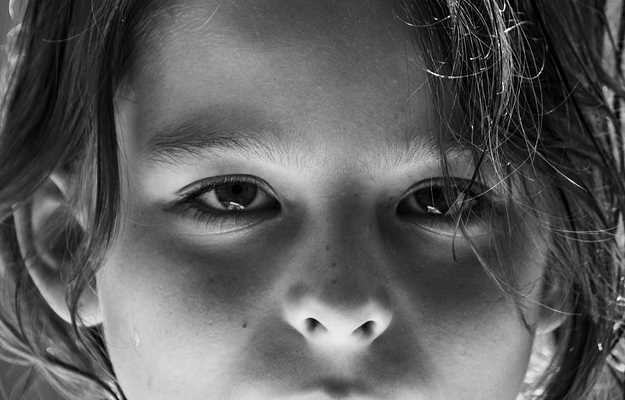Medically known as amblyopia, lazy eye is a condition that typically develops in early childhood (up to seven years of age).
It occurs when the vision does not develop properly in one of the eyes of a child—the brain favours inputs from the stronger eye, and over time, the weaker eye becomes "lazy" and starts to move inward or outward or without coordination with the stronger eye.
Though rare, it is possible to have two lazy eyes.
It is extremely important to diagnose amblyopia early, otherwise, the child may not be able to develop normal or healthy vision. (Read more: Eye disorders) This is because when the brain starts to favour one eye over the other, it leads to the deterioration of vision in the weaker eye.
Estimates of the number of children affected by this condition range from 3 out of 100 children in the United States, to 1% to 6% of Indian children. An Indian study also suggests a higher incidence of this condition in rural children as compared to children in urban areas, possibly due to a lack of general awareness and facilities for regular check-ups.

 OTC Medicines for Lazy Eye
OTC Medicines for Lazy Eye















